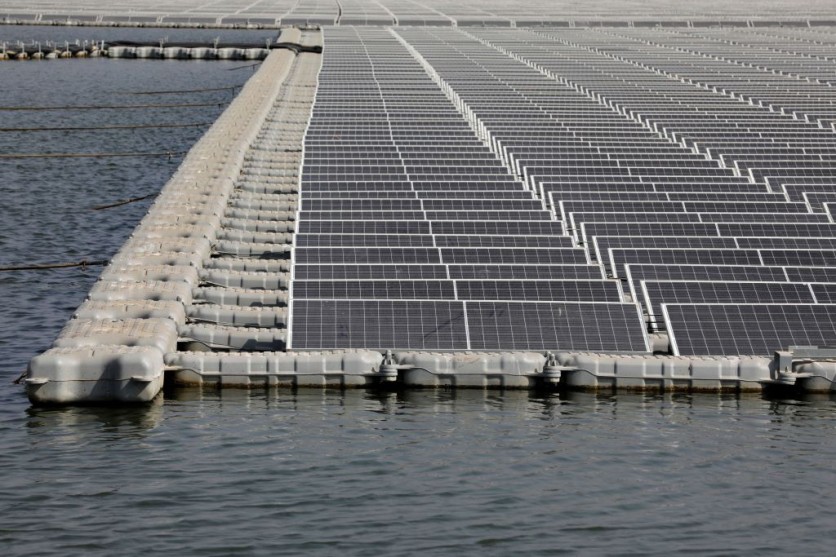A 26-year-old innovator, Ben Nowack, has developed a way to produce solar energy during the night, according to Interesting Engineering. Nowack is a former SpaceX employee and is now the CEO of Tons of Mirrors. His company's main goal is to replace fossil fuels by making solar energy cheaper and more accessible than ever.

The Plan
Nowack plans to install a special setup that features large mirrors and a collimator device on the International Space Station (ISS) to redirect sunlight to solar panels on our planet during the night.
With this, the ISS will serve as an orbital solar reflector. For Nowack, his initial plan was to encircle the Earth with a long vacuum tube that has the sunlight directed using mirrors in space. However, he made changes to this idea because it wasn't economical.
Instead, he created a structure that consisted of multiple parabolic mirrors and collimator tiles. Nowack thinks that this design is scalable, efficient, and economical.
University of Glasgow researchers are working on space-based satellite solar reflector technology that will let large solar farms get enough supply of sunlight at times when energy demand is at its peak.
Additionally, China has plans to release three artificial moons in space that can produce bright lights that can replace streetlights in the country by the end of the year.
Nowack told Vice, "Today, with the solar panels that are out there, it's a $20 billion-a-year industry. What I'm building is bigger than any of the markets they currently have. If this is the electric solution, and let's say in 200 years this replaces fossil fuels, it's a $17 trillion market."
Also Read: 'Solar Facade': These Embedded Solar Panels Produce 50 Times More Power Than Standard Panels!
The Future
Currently, Nowack is raising funds to get the collimator tiles installed on the ISS. Aside from this, he has plans to launch satellites equipped with the same technology in the future.
This doesn't come without any challenges at all. In fact, there are a few challenges when it comes to space-based solar reflector technology. For one, when the amount of redirected light is not controlled properly, it could cause harm to animals, plants, and insects. It also needs a huge area in space.
Nowack is working hard to overcome these challenges and believes that the collimator tiles can shut down fossil fuel plants globally. And in the future, we could be using space-based solar reflector technology to power Earth.
When people think about solar energy and its potential, many think about the cost of setting up solar panels on rooftops or the limitations of the technology. However, these perceptions are changing with new innovations and breakthroughs.
Aside from space-based solar reflector technology, there are other types of solar energy that people can use. Even though the cost of setting up solar panels on rooftops is still high, it's getting more affordable.
Related Article: New Solar Cell Uses Night Vision Tech To Generate Electricity Even in Complete Darkness
This article is owned by Tech Times
Written by April Fowell
ⓒ 2026 TECHTIMES.com All rights reserved. Do not reproduce without permission.




